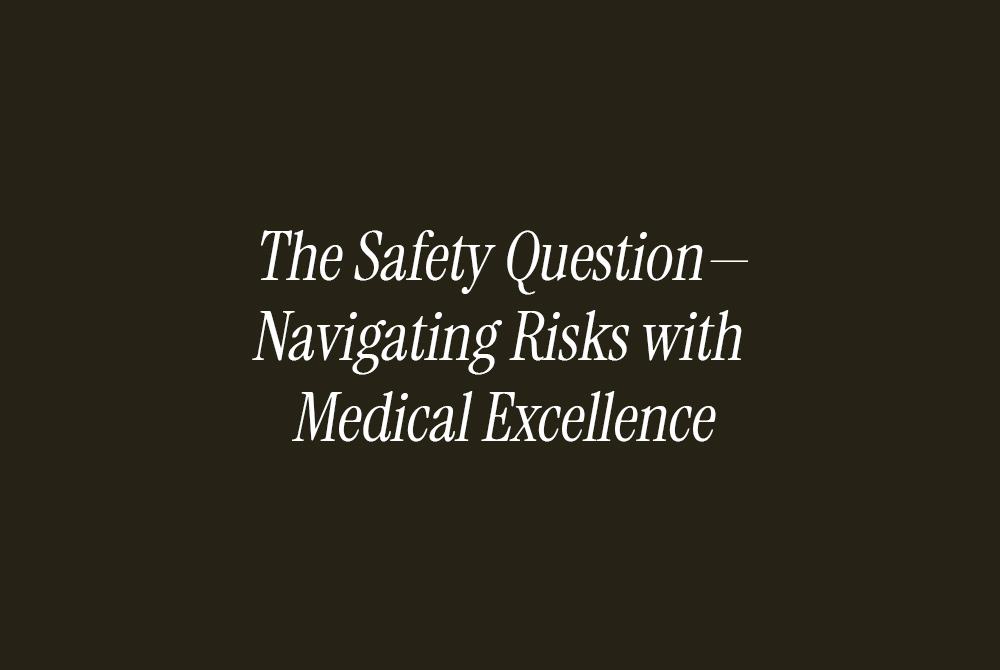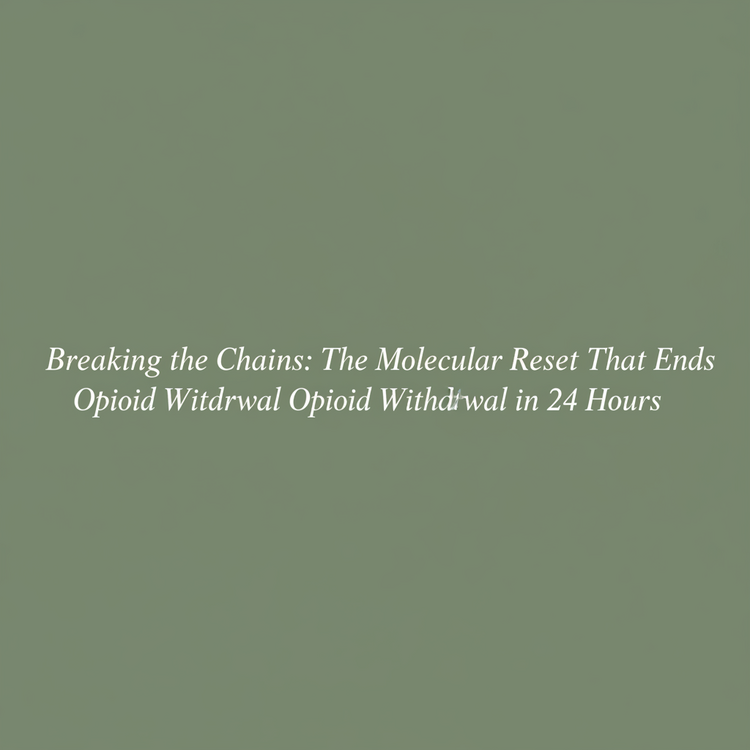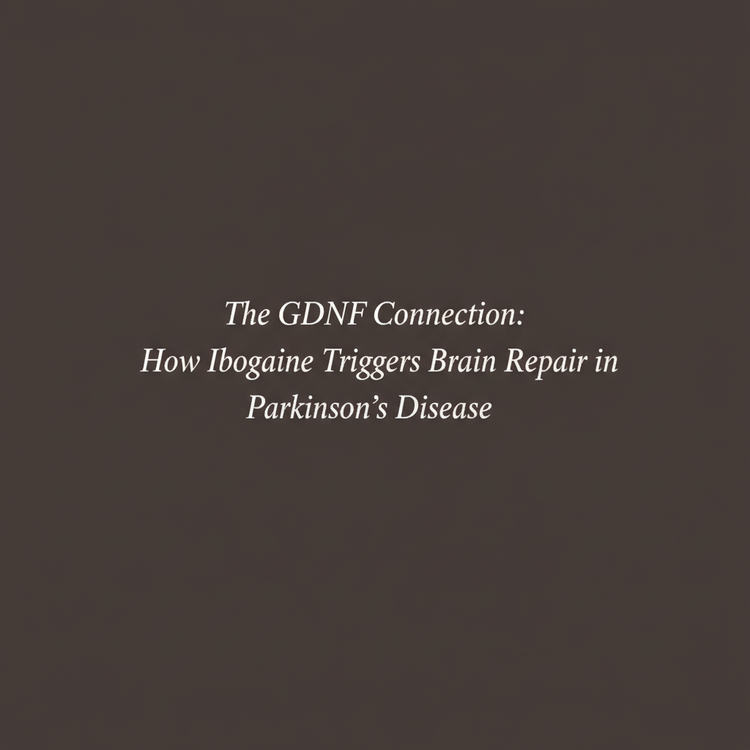The Safety Question—Navigating Risks with Medical Excellence

Why Proper Protocols and Medical Oversight Make All the Difference
Let’s address the elephant in the room: ibogaine can be dangerous. High doses in rats have shown damage to Purkinje cells in the cerebellum and caused tremors, and several deaths of people shortly after taking ibogaine have led to concerns about its safety.
But here’s the critical context: some studies have shown that the risk of death is higher without treatment than with it for people with severe addiction. The question isn’t whether ibogaine is safe in absolute terms—it’s whether, with proper protocols, it’s safer than the alternative.
Understanding the Cardiac Risk
The primary safety concern with ibogaine is cardiac. Ibogaine has been associated with instances of fatal cardiac arrhythmia. This is why unmonitored, underground treatments are so dangerous—and why medical oversight is non-negotiable.
Coadministration of magnesium may mitigate cardiac concerns, which is why the Stanford protocol specifically combines magnesium with ibogaine. This isn’t optional—it’s a critical safety enhancement.
The Screening Process
At facilities that take safety seriously, extensive pre-treatment screening is mandatory. Treatment at a licensed medical facility provides medical care, assessment of any underlying medical condition, and follows evidence-based diagnostic and treatment planning.
In clinical studies, participants were administered comprehensive assessments including the Addiction Severity Index and Structured Clinical Interview for DSM-IV Axis I Disorders by trained psychiatrists, with comprehensive psychosocial assessment used to obtain information about substance use history and medical conditions.
This means EKG screening, blood work, thorough medical history, and psychiatric evaluation. Taking ibogaine can be especially dangerous for someone with certain pre-existing conditions, like heart problems. The goal is to identify who is and isn’t a safe candidate before treatment begins.
The Importance of Setting
Treatment centers conduct thorough preparation the day before treatment, checking vitals, reviewing mental health and medical history, and ensuring safety before proceeding. But it’s not just about physical monitoring—it’s about creating a therapeutic environment.
Programs include continuous supervision, especially before, during, and after ibogaine experience, with organized and safe transportation and continuous guidance throughout the program. This isn’t hospitalization for its own sake—it’s recognition that the ibogaine experience requires a container of safety and support.
The Dose-Response Relationship
Physicians assessed opioid withdrawal signs and symptoms before and after ibogaine administration, with whole blood assayed to obtain pharmacokinetic measures to determine the metabolism and clearance of ibogaine. Dosing isn’t one-size-fits-all—it requires careful calculation based on individual factors.
Ibogaine treatment involves thorough medical evaluation and personalized dosing, with preparation including psychological counseling and physical health optimization. This personalization is what separates medical treatment from recreational experimentation.
The Regulatory Landscape
In the United States, ibogaine is a Schedule I drug, meaning it has no accepted medical use according to the FDA, which has not approved ibogaine to treat any substance use disorder. This is why many Americans seek treatment internationally, particularly in Mexico where ibogaine treatment operates in a legal gray area.
But legal status doesn’t determine safety—protocols do. Ibogaine’s legal availability in New Zealand may offer improved outcomes where legislation supports treatment providers to work closely with other health professionals.
Our Commitment
At Iboga Wellness Institute, safety isn’t an afterthought—it’s the foundation. We operate as a fully regulated US-based medical institute, providing comprehensive consumer protection, transparent business practices, and all legal safeguards. Our protocols combine two decades of clinical data with cutting-edge monitoring technology.
We don’t accept everyone who applies. We screen rigorously because we believe every person deserves the safest possible treatment. And we monitor continuously because we know that proper medical oversight is what transforms a potentially dangerous compound into a powerful medicine.







